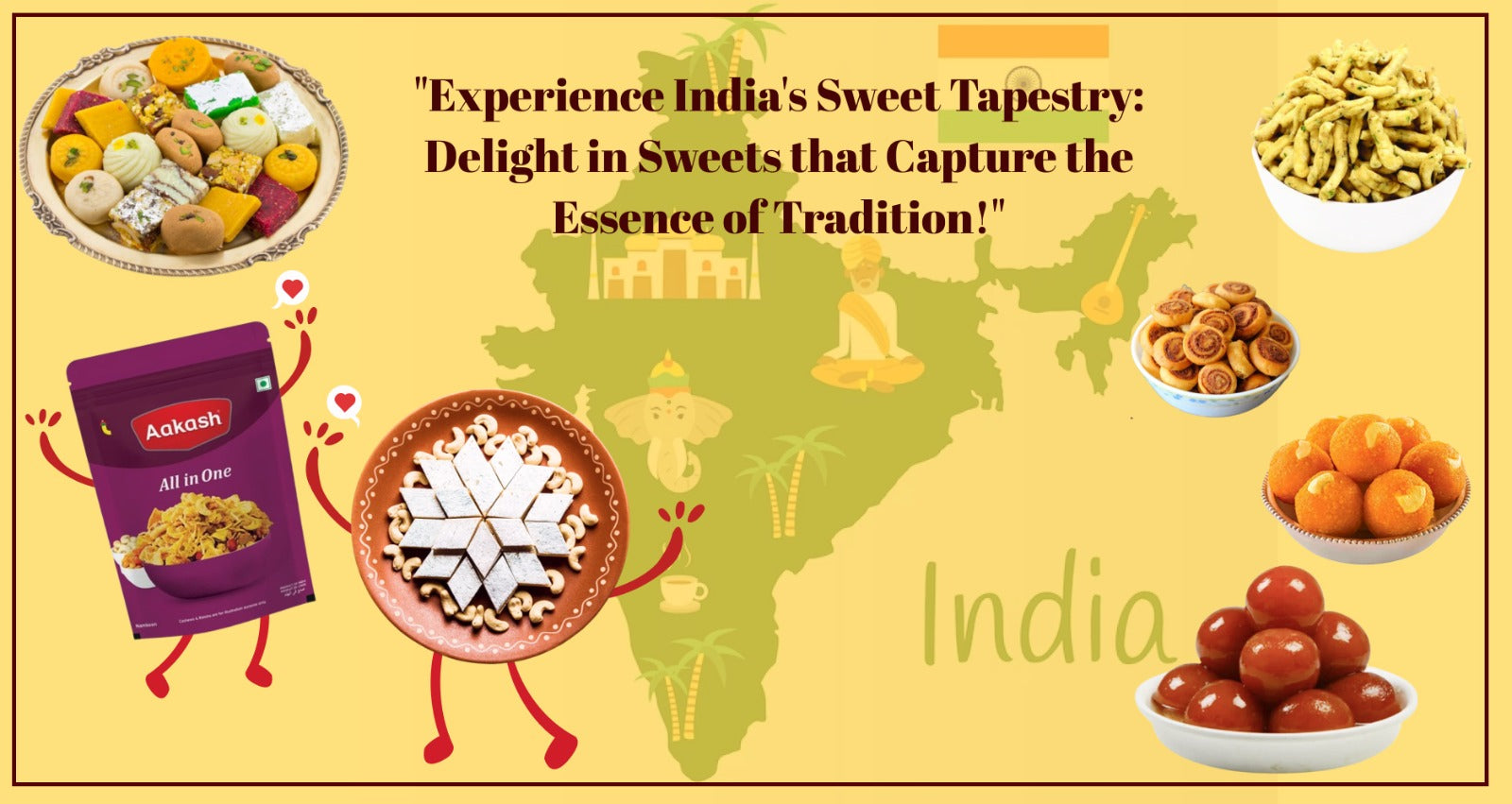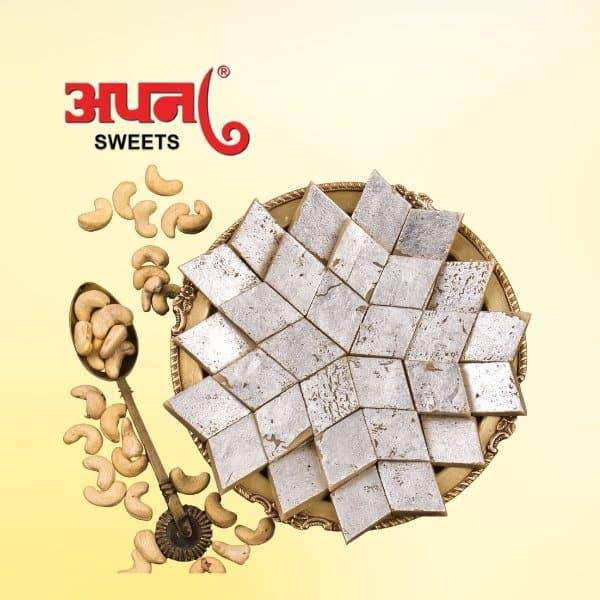Introduction:
India's culinary heritage is an enchanting tapestry of flavors, aromas, and textures, reflecting the country's rich cultural diversity. From the delightful sweetness of Kaju Katli to the savory allure of Namkeen, every region of India offers a unique and mouthwatering gastronomic experience. One such gem in the world of Namkeen is the famed Ratlami Sev, a spicy snack that tantalizes taste buds. In this article, we embark on a flavorful journey, exploring the iconic Kaju Katli, the diverse world of Namkeen, and how the taste of food changes every 40 km, beautifully mirroring India's vast culinary landscape.
Kaju Katli - A Sweet Emblem of Celebration:
Kaju Katli, also known as Kaju Barfi, is an iconic Indian sweet cherished for its melt-in-your-mouth texture and rich, nutty flavor. Made from ground cashews, sugar, ghee, and a hint of cardamom, this delectable treat is a symbol of celebration, often served during festivals, weddings, and special occasions. The history of Kaju Katli can be traced back to the royal kitchens of the Mughal era, and today, it remains a timeless favorite among sweet enthusiasts across the nation.
Namkeen - The Savory Symphony:
In contrast to the sweetness of Kaju Katli, Namkeen is a vast and diverse category of savory snacks that vary from region to region. From the crispy and spicy Bhujia of Rajasthan to the tangy and crunchy Chivda of Maharashtra, each state in India boasts its unique array of Namkeen delights. These savory snacks are an integral part of Indian culture, enjoyed during tea time, family gatherings, and festive celebrations. Packed with spices, legumes, nuts, and other savory ingredients, Namkeen tantalizes taste buds and offers a savory contrast to the country's sweet treats.
The Marvelous Ratlami Sev:
Among the wide assortment of Namkeen, Ratlami Sev stands out for its fiery flavor and distinctive texture. Originating from the city of Ratlam in Madhya Pradesh, Ratlami Sev is a spicy and crispy noodle-like snack made from gram flour and a special blend of spices. Infused with the piquant flavors of black pepper, cloves, and ajwain (carom seeds), Ratlami Sev has a bold and robust taste that sets it apart from other varieties of Sev. This culinary delight has garnered a loyal fanbase not only in its hometown but also across the nation, making it a popular choice for munching pleasure.
The Allure of India's Diverse Culinary Culture:
One of the most fascinating aspects of Indian cuisine is the incredible diversity it offers within short distances. As one travels across the country, the taste of food changes every 40 km, unveiling a new array of flavors and culinary traditions. Each state, city, and town in India prides itself on its unique recipes and cooking techniques, deeply rooted in the region's history, climate, and culture. Whether it's the fiery curries of the south, the rich gravies of the north, or the savory street foods of the west and east, Indian cuisine is a kaleidoscope of tastes, colors, and textures.
Preserving the Legacy:
In the age of globalization, preserving India's culinary legacy becomes a crucial endeavor. While modernization and convenience have introduced new food trends, it is essential to cherish and promote traditional recipes like Kaju Katli, Namkeen, and Ratlami Sev, which carry the essence of Indian heritage. By encouraging local artisans and small-scale food businesses, we can ensure that these age-old delicacies continue to enchant generations to come.
Conclusion:
India's culinary journey is an extraordinary exploration of flavors, deeply woven into the cultural fabric of the nation. The delightful sweetness of Kaju Katli, the savory symphony of Namkeen, and the fiery zest of Ratlami Sev are just a glimpse of the vast array of tastes that India has to offer. As we celebrate the diversity of our culinary heritage, let us savor each bite with gratitude, knowing that every dish tells a story and carries the legacy of a rich and vibrant culture.



